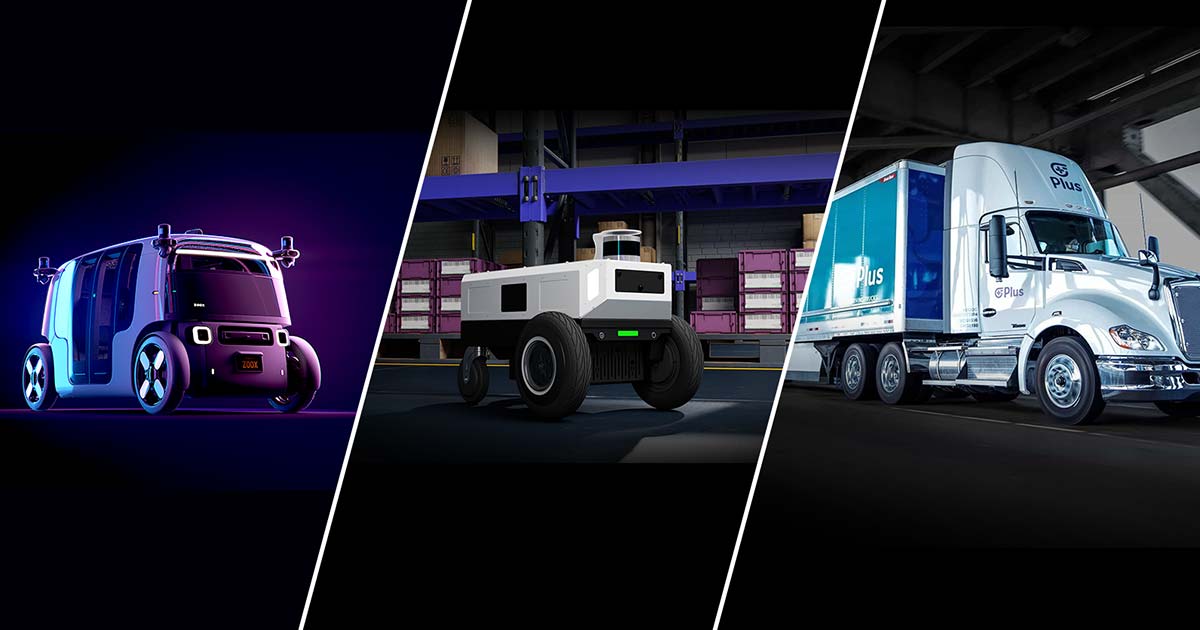
The car industry is undergoing a sea change, and new technology is dictating the way we travel. An Automotive Innovation Hub has become a key place for new ideas and thus catapults this industry to reach its goal of becoming sustainable, safe, and connected. In this article, we look into the newest discoveries in this hub, exploring how innovation is leading the car sector into new areas.
1. Electric Vehicle Revolution:
The biggest change the Automotive Innovation Hub is currently facing is the rise in electric vehicles. As more care and concern for the environment arise, so does the investment car makers are putting into making electric vehicles better. Increased demand for cleaner energy brings new ideas and innovations to battery technology, enabling longer distances, quicker charging, and overall better performance.
While leading companies like Tesla set a high standard with further development of advanced battery technology in the electric vehicle segment, it is a game changer solid state batteries boast more energy, longer life, and greater safety compared to normal lithium ion batteries. Indeed, the electric car front is a fast changing scene, with car manufacturers entering the competition one after another for a greener and cleaner future.
2. Autonomous Driving Technology:
From science fiction to reality, driverless cars have been tremendous in advancing, up to date, in the field of self driving. At the Automotive Innovation Hub, development of cars using artificial intelligence, machine learning, and advanced sensor systems that can drive and make decisions without any human interference is going on.
Companies like Waymo, a subsidiary of Alphabet Inc., are among the world leaders in developing self-driving cars. Their fleet of self driving cars has traveled millions of miles, continually gathering information to develop their systems and make driving safer. As the rules and laws catch up with new technologies, self driving cars are ready to change transportation for good: safer, more efficient, and offering more options for traveling.
3. Connected Cars and V2X Communication:
Connectivity is very important in the Automotive Innovation Hub. This includes connected cars and vehicle to everything (V2X) communication. With Internet of Things (IoT) technology, vehicles can talk to each other, the roads, and even people walking by. This makes driving safer and more efficient.
Connected cars can send real-time information on the state of the road, traffic, and other potential hazards to allow adaptive and preventive measures. V2X enables a seamless flow of information between vehicles and the immediate environment for the reduction of accidents and efficient traffic management. In the case of increased interconnectedness of the automotive industry, the prospects of smarter and more efficient transportation systems become achievable.
4. Advanced Driver Assistance Systems (ADAS):
The Automotive Innovation Hub is utilizing ADAS to make vehicles much safer and more helpful for drivers. These systems are engineered to integrate advanced technologies like radar, cameras, and sensors that supply lane keeping help, adaptive cruise control, and automatic emergency braking.
Top automakers increasingly install ADAS in their cars; they have made many car types available that have safety features hitherto available on expensive models. Ongoing improvement of ADAS is considered a very important step toward realization of fully self driving cars since these systems are going to be basic enablers to create more advanced technologies in the coming future.
5. Materials Innovation for Lightweighting:
The Automotive Innovation Hub is concerned with making the vehicle lighter through the use of new materials, which would improve fuel efficiency and lower emissions. Advanced materials, such as carbon fiber, aluminum, and other strong alloys, are being used in automobile designs to reduce weight without sacrificing strength.
Lightweighting not only provides significant benefits in fuel efficiency, but also in overall vehicle performance and handling. Sustainability becomes one of the key drivers, whereby the automotive industry is exploring eco friendly materials and manufacturing processes to minimize the environmental footprint arising from vehicle production.
6. Sustainable Manufacturing Practices:
Thus, the Automotive Innovation Hub is continuing to work on new vehicle designs and functions, but it's also taking into consideration how car making affects the environment. More companies are looking to more sustainable ways of building cars, meaning they want to reduce waste, energy consumption, and carbon emissions.
Car manufacturers are considering green materials and methods of making cars that would contribute less harm to the environment. Manufacturers use recycled materials for car interiors and energy saving methods for building cars. The industry does much in terms of working out a more sustainable and responsible way of manufacturing cars. Making cars in a sustainable manner becomes an integral part of car innovation with increased ecological awareness among people.
7. Cybersecurity in Connected Vehicles:
With the vehicle market more connected than ever, keeping automotive systems safe from cyber threats is very important to the Automotive Innovation Hub. As cars act more like connected devices, they become increasingly vulnerable to cyber-attacks. The industry is putting money into strong cybersecurity steps that keep vehicles safe from hacking, unauthorized access, and data leaks.
Safety for connected cars involves strong encryption, safe communication methods, and periodic software updates. In turn, setting industry standards that keep a centerpiece of connected vehicle security requires the collaboration among automakers and cybersecurity experts with regulators. The solution of cybersecurity problems is the keystone in keeping the car industry more technology-oriented, while being able to assure consumers of a safe and trusted way to use automobiles.
Conclusion:
The Automotive Innovation Hub provides a dynamic ecosystem where new groundbreaking technologies converge to shape the future of transportation. Be it the electric vehicle revolution, autonomous driving technology, connected cars, or materials innovation, this industry is seeing unprecedented developments take place. In times to come, the automotive landscape would evolve to be sustainable, efficient, and interconnected, creating an all new era of mobility. This will have to be the teamwork of car makers, technology companies, and rule making groups that will really push these new ideas ahead. It will alter the thinking and feeling about transportation.
Trending Posts

Global Silver Nanoparticles Market
The global silver nanoparticles market was valued at $2.08 billion in 2020, and is projected to reach $4.1 billion by 2027, growing at a CAGR of ~17%

LNG Bunkering – Here is something you must know!
In the current scenario of growing pollution, companies are trying to adapt more and more sustainable approach that not only gives eco-friendly result

The Basic Pension Comes - Federal Cabinet Decides On the Pension Supplement
Financial security in old age is an issue that is causing stomach pains for more and more people in Germany. Low-wage earners fear the elderly. The ba

The Future of Artificial Intelligence
In recent years, the field of artificial intelligence (AI) has witnessed unprecedented growth and transformative advancements. As AI technologies

Sailing into the future with Autonomous Ships
Autonomous Vehicles (AVs) are the uproar of this era. After airways, thanks to the companies like Tesla, that people are now getting used to see drive

Rising Demand For Uninterrupted Power Supply Is Expected To Drive The Power Rental Market
Todays world is totally reliant on electric power. There are many things which are not manageable without electricity. Power rental is a concept where

Rapidly growing IT industry coupled with the trend of bringing your own device (BYOD) is expected to provide new opportunities for growth of Cloud Collaboration
Cloud collaboration is the process of sharing and co-authoring the computer-based work through cloud technology
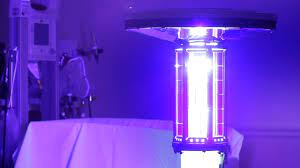
Factcheck on UV Disinfection for COVID-19
Many regulatory authorities and bodies believe that UV disinfection technologies can play a role in a multiple barrier approach to reducing the transm
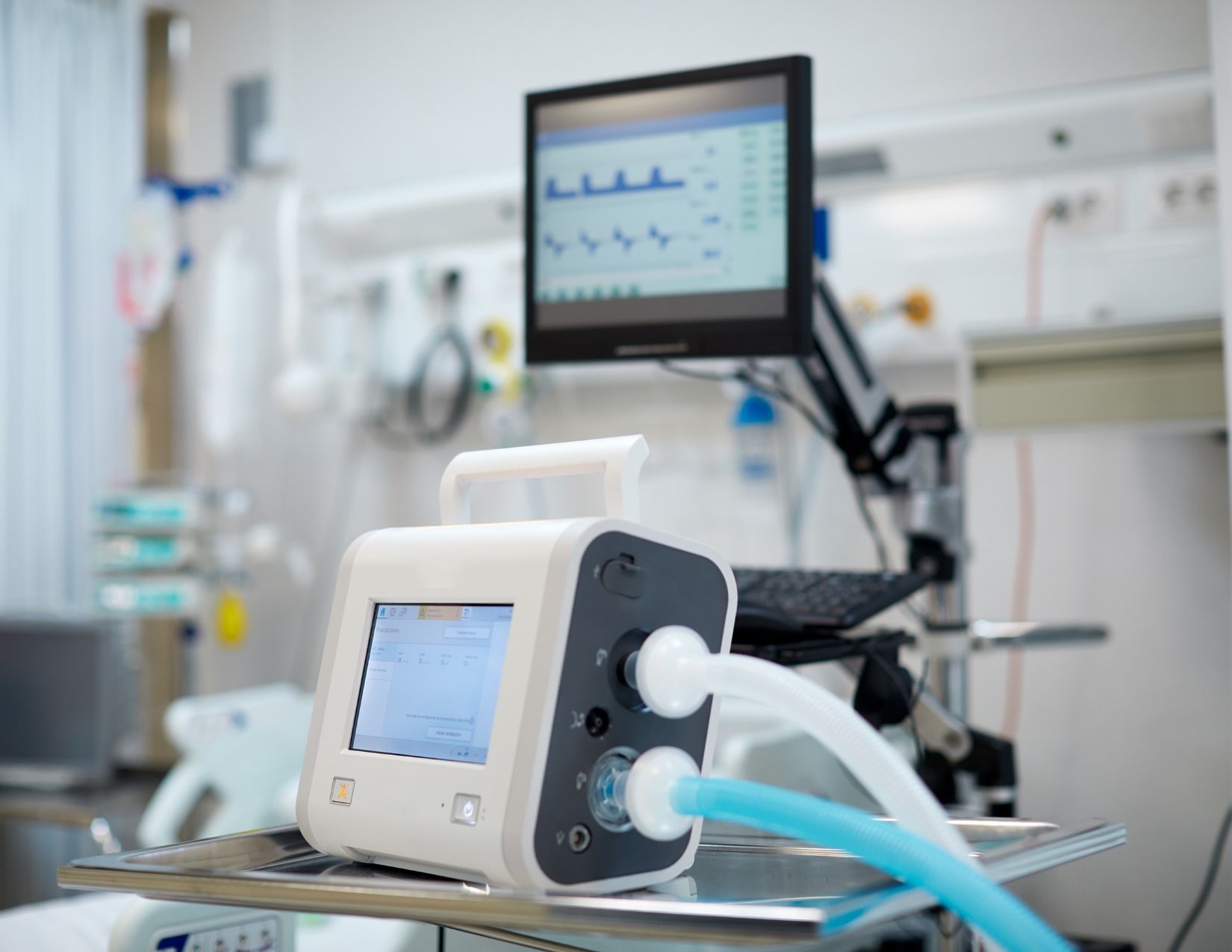
The Global Ventilator Market Grows at a CAGR of 7.75 %
The Global Ventilator Market, which was at $688 million in the year 2016, is about to double by the year 2025, and reach a value of $1,347 million. Th

Vaccination: Vaccination Against Measles is Now Mandatory in Germany
The subject of compulsory vaccination has always heated peoples minds and caused emotionally charged discussions. The latest law in this area - the ob
Recent Posts
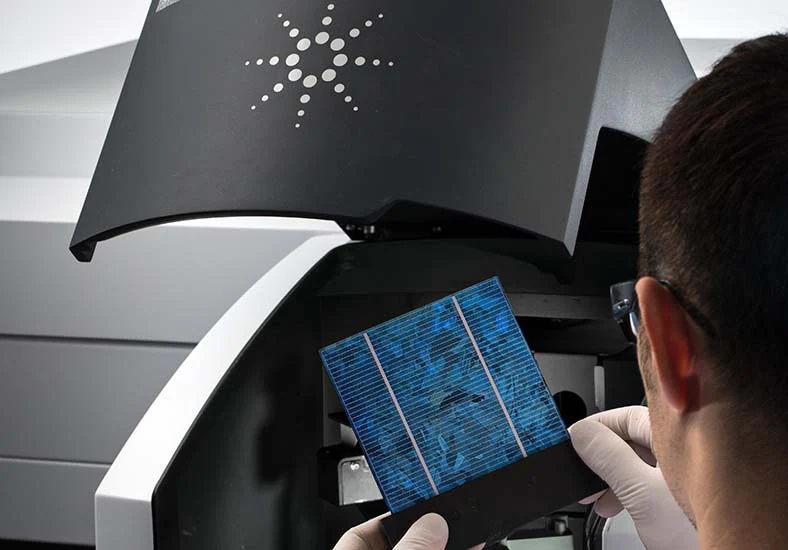
Growth and Future Trends of the Global In-Line UV-Vis Spectroscopy Market
In-line UV-Vis spectroscopy is a powerful analytical tool widely adopted in various industries for real-time monitoring of chemical and biological processes. This market is experiencing robust growth due to its applications in pharmaceutical.

Understanding the Growth Dynamics of the Premium Luggage Market
The market for premium luggage has grown massively over the years. This is attributed to several factors, including a change in consumer preference, increase in disposable incomes, and an overall rise in international travel.

Global Potassium Sorbate Market: Growth and Forecast
The Global Potassium Sorbate Market has gained significant traction due to the rising demand for preservatives across various industries, especially in food and beverages. Potassium sorbate, a salt of sorbic acid.

Global Venturi Masks Market Growth and Forecast
Venturi masks, also known as air-entrainment masks, play a crucial role in delivering a precise oxygen concentration to patients, particularly those suffering from chronic respiratory conditions such as COPD (Chronic Obstructive Pulmonary Disease).

Global Venous Thromboembolism (VTE) Therapeutics Market: Overview, Growth, and Forecast
Venous thromboembolism (VTE) is a critical medical condition including deep vein thrombosis and pulmonary embolism. In fact, it is one of the preventable causes of death in the hospital environment. It has experienced a substantial upsurge.

Global Vein Illumination Device Market: Growth and Forecast
The global vein illumination device market is experiencing significant growth, Due to a growing demand for minimally invasive procedures and an increase in chronic diseases, not to mention development in medical technology.

Global Vasculitis Treatment Market: Growth and Forecast
Vasculitis represents a group of disorders involving inflammation of blood vessels. It can affect parts of the body such as the skin, kidneys, lungs, and joints, and without proper treatment it may cause severe morbidity.
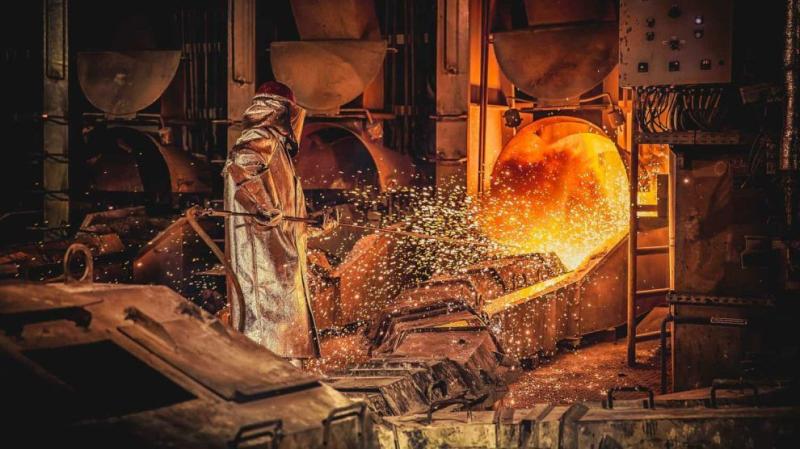
Global Fired Heaters Market: Growth and Forecast
The global market for fired heaters is growing at a rapid pace due to increased demand from major industries such as the oil & gas, chemical, and petrochemical sectors. Fired heaters are among the most crucial components of process heating systems.

Global Gas Flares Market Growth and Forecast
The growth in oil and gas production, environmental regulations, and a need for an effective waste gas management system are driving the global gas flares market. Gas flares are a crucial equipment in the oil and gas industry.
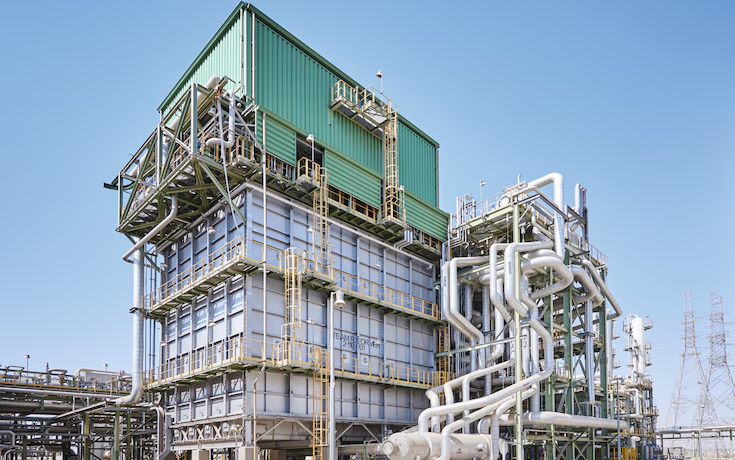
Global Steam Reformers Market: Growth, Trends, and Forecast
The steam reformers market is witnessing significant growth due to increased demand for hydrogen in industries like chemicals, refining, and fertilizers.
